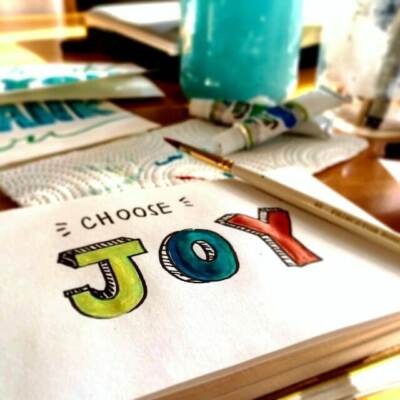The Cumulative Effects Theory
It turns out that there is real power in positivity, especially when it comes to marketing your product or service.
Cumulative Effect Theory is a new way of thinking about the effects of media on society. The theory posits that the combined impact of individual media exposures can have a powerful and lasting effect on people’s attitudes, beliefs, and behavior.
Understanding how the cumulative effect works can be important in settings where there are concerns about the influence of television, movies, music, and other forms of mass communication, and—most importantly for us—it can also be extrapolated to your content marketing efforts.

Cumulative effect theory is a psychological theory that states that the cumulative effect of repeated exposures to a particular stimulus or situation can have a lasting impact on decision-making. The theory is based on the idea that humans are motivated by two primary desires: self-preservation and self-fulfillment. Self-preservation is our instinctual response to the fear of death, and it motivates us to avoid danger and protect ourselves from harm. Self-fulfillment is our instinctual response to the desire for happiness and satisfaction, and it motivates us to achieve our goals.
The simplest way to think of how cumulative effect theory can help your business is this: Language choices matter. If every interaction with your brand is couched in positive language, then customers will associate your brand with positive feelings, making them much more comfortable making a purchase from you.
In terms of marketing, the risk-benefit dilemma can be divided into two categories based on how confident you are in your purchasing decision. Confident purchasing decisions are those that you are confident will lead to a positive outcome, while uncertain purchasing decisions are those that you are not sure will lead to a positive outcome. The risk-benefit dilemma can also be divided into two categories based on how much information you have about the decision. Limited information decisions involve actions that you know little or nothing about, while full information decisions involve actions that you know everything about. Likely decisions are those that you are very likely to follow through with, while unlikely decisions are those that you are not very likely to follow through with. The risk-benefit dilemma can also be divided into two categories based on how much stress the decision will cause you. Stressful decisions involve actions that will cause you stress, while non-stressful decisions do not involve actions that will cause you stress.

The goal is to make interacting with your brand a confident, full-information decision as free as possible from stress. This is what we mean when we say your customer should be ready to buy from you before they even pick up the phone.
How To Spin Cumulative Effect Theory
One way of leveraging cumulative effect theory is to constantly spin towards the positive by focusing on what your company can do, rather than what it can’t. For example, rather than explaining “we can’t ship any quantities below 12” of a certain product, say “we can ship that out to you in quantities of 12 or more.”
Such a small difference in the way you approach conversations may seem like a waste of time, but the cumulative effect of these language choices—the effect your messaging has over time—adds up to a potential customer forming a firm opinion and emotional response to your brand.
In short, there is real power in positive language. It won’t make or break a business alone, but small changes in language choice can have a real measurable effect over a lengthy sales cycle.
Featured client/products:
Glass Floors | Semi Truck Ramp | Glass Blocks| SEO Services Near Me | Steel Yard Ramp | Ramp for Loading Dock | Glass Flooring | Loading Dock Ramps | Portable Yard Ramp | SEO Company Near Me | SEO Agency Akron | SEO Expert Near Me | Marketing Agencies Near Me | Marketing Agency Akron
Yard Ramps | Yard Ramp




